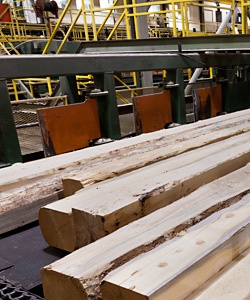
If you work in the lumber industry, misaligned machines may be costing hundreds of thousands—sometimes millions—of dollars in lost revenue.
Poorly aligned equipment is a hidden drain on valuable resources and a major contributor to costly breakdowns, lost production and product waste. A fundamental requirement for optimizing sawmill machinery is precision alignment. It is also one of the most overlooked activities in a mill. In this blog post, we'll discuss how proper alignment can uncover these hidden costs to add new revenue to your bottom line.
What is the Primary Measurement that Drives Profitability?
Lumber Recovery Factor (LRF) (n.) —
better known simply as recovery, the amount of marketable lumber produced from a given volume of logs.
Before we begin a discussion on alignment, let's review the primary measurement that drives profitability in a sawmill: the Lumber Recovery Factor (LRF). LRF, better known simply as recovery, is the amount of marketable lumber produced from a given volume of logs. Lumber manufacturers invest heavily in optimization equipment, control software, automatic grading machines, and related systems to improve saw line efficiency. Unfortunately, the benefits of these investments are seldom fully realized as little consideration is given to precision machine alignment.
Increase Recovery by Reducing Kerf
Kerf (n.) —
the width of the notch made by the saw plus whatever board deviation occurs during the sawing process.
Another key factor to increase recovery is the sawblade kerf. Kerf is typically defined as the width of the notch made by the saw. However, a more complete definition for the lumber industry is the width of the notch made by the saw plus whatever board deviation occurs during the sawing process. Kerf can be thought of as waste…anything that ends up on the factory floor as unmarketable lumber.
Sawblade Kerf
+ Board Deviation
Actual Kerf
To put this in perspective, a well known sawfiler's adage states that decreasing kerf by just .010 of an inch can yield hundreds of thousands of dollars in added recovery per year. So, if the blade's kerf is .100 of an inch and the included board deviation is .080 of an inch, the actual kerf is .180 of an inch. Any wood fiber that unnecessarily becomes saw dust, chips or planer shavings instead of marketable lumber decreases recovery. Precision machine alignment is a core requirement to minimize board deviation during the cutting process.
Common misalignments affecting board deviation include:
|
Misalignment |
Resulting Deviation |
|
Band mill guides not parallel to |
Saws that lead in or out |
|
Band saws not plumb to the feed line |
Cants are wedged and out of square |
|
Guide ways on band mills, with movable top guides, not plumb to the feed line. |
Band saw goes out of plumb when the top guide is moved, resulting in lumber that is not square |
|
Sharp chains and keyed guide segments in canter and chip-n-saw lines not level, straight, and centered |
Logs will not travel in a straight line through the machine |
|
Canter heads not plumb to the feed line or have excessive, unequal or insufficient lead |
Tapered and/or wedged cants |
|
Vertical anvils not plumb or parallel to the feed line, or have unequal and or incorrect clearances |
Cants will twist as they pass through the primary breakdown which reduces board quality in the secondary breakdown |
|
For board and gang edgers: saw guides, arbors, and feed systems not absolutely square to one another |
Wedged and tapered lumber |
Even the best optimization systems cannot overcome these types of challenges. Precisely aligned machines work in tandem with optimization systems to maximize sawmill efficiency. With production requirements calling for higher running speeds and thinner kerf, precision alignment becomes critical for new machine installations and periodic maintenance on current machines.

Continued Expansion with
Increased Profitability
The lumber industry continues to expand by discovering new ways to increase productivity. Precision optical alignment is one of those discoveries now saving millions of dollars a year by increasing log recovery and board quality. To learn more about how precision optical alignment improves lumber recovery and board quality, check out our

